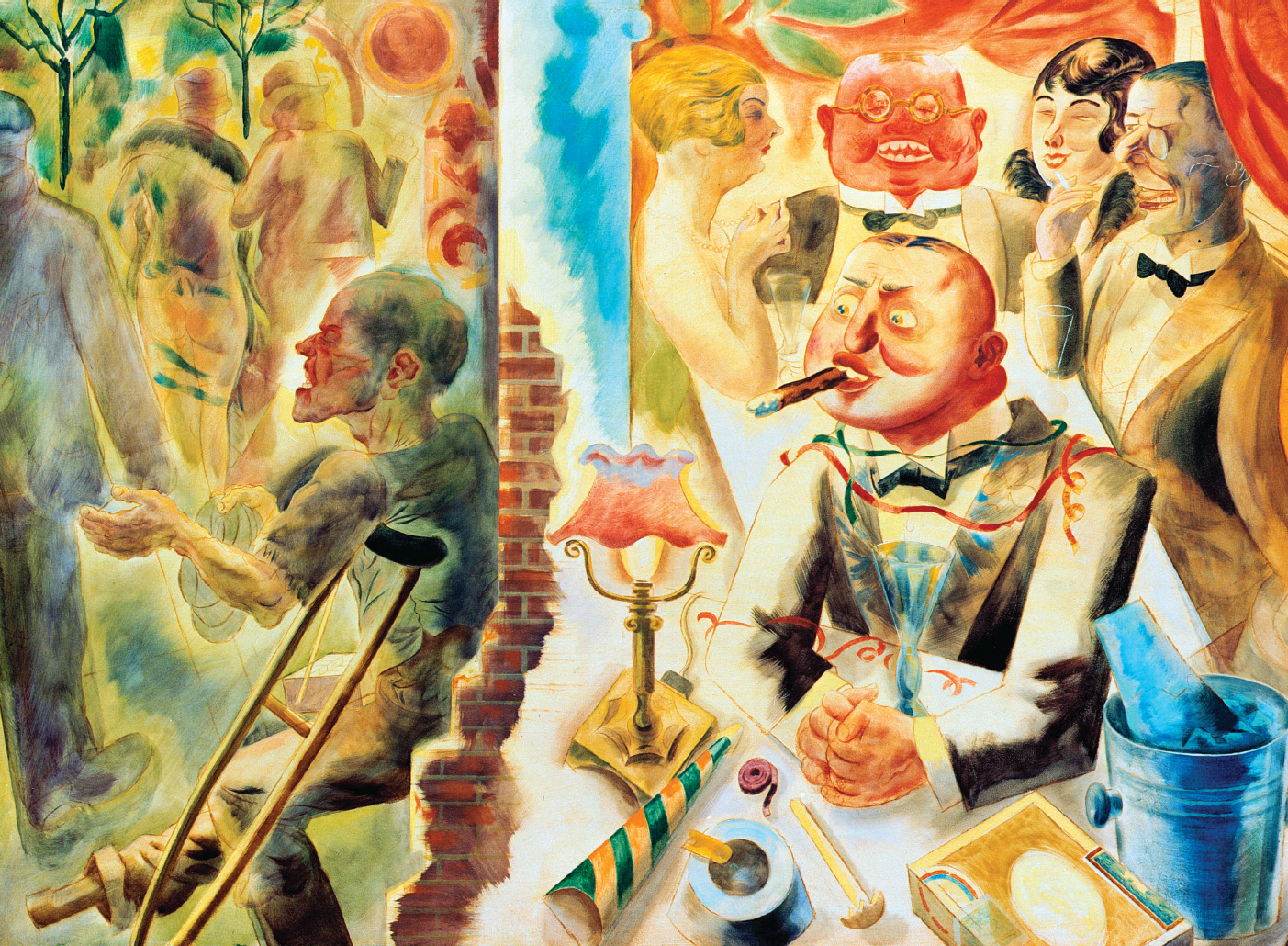A History of Western Society: Printed Page 862
A History of Western Society, Value Edition: Printed Page 867
The Age of Anxiety
1880–1940
When Allied diplomats met in Paris in early 1919 with their optimistic plans for building a lasting peace, most people looked forward to happier times. After the terrible trauma of total war, they hoped that life would return to normal and would make sense in the familiar prewar terms of peace, prosperity, and progress. Their hopes were in vain. World War I and the Russian Revolution had mangled too many things beyond repair. Great numbers of people felt themselves increasingly adrift in an age of anxiety and continual change.
Late-nineteenth-century thinkers had already called attention to the pessimism, uncertainty, and irrationalism that seemed to accompany modern life. By 1900 radical developments in philosophy and the sciences had substantiated and popularized such ideas. The modernist movement had begun its sweep through literature, music, and the arts, as avant-garde innovators rejected old cultural forms and began to experiment with new ones. Radical innovations in the arts and sciences dominated Western culture in the 1920s and 1930s and remained influential after World War II. A growing consumer society, and the new media of radio and film, transformed the habits of everyday life and leisure.
Even as modern science, art, and culture challenged received wisdom of all kinds, international relations spiraled into crisis. Despite some progress in the mid-1920s, political stability remained short-lived, and the Great Depression that began in 1929 cast millions into poverty and shocked the status quo. Democratic liberalism was besieged by the rise of authoritarian and Fascist governments, and another world conflict seemed imminent. In the early 1920s the French poet and critic Paul Valéry described his widespread “impression of darkness,” where “almost all the affairs of men remain in a terrible uncertainty. We think of what has disappeared, and we are almost destroyed by what has been destroyed; we do not know what will be born, and we fear the future, not without reason.”1 Valéry’s words captured the gloom and foreboding that dominated the decades between the wars. ■

CHAPTER PREVIEW
How did intellectual developments reflect the general crisis in Western thought?
How did modernism revolutionize Western culture?
How did consumer society change everyday life?
What obstacles to lasting peace did European leaders face?
What were the causes and consequences of the Great Depression?
Chronology
| 1919 | Treaty of Versailles; Freudian psychology gains popularity; Keynes publishes The Economic Consequences of the Peace; Rutherford splits the atom; Bauhaus school founded |
| 1920s | Existentialism, Dadaism, and surrealism gain prominence |
| 1922 | Eliot publishes The Waste Land; Joyce publishes Ulysses; Woolf publishes Jacob’s Room; Wittgenstein writes on logical positivism |
| 1923 | French and Belgian armies occupy the Ruhr |
| 1924 | Dawes Plan |
| 1925 | Berg’s opera Wozzeck first performed; Kafka publishes The Trial |
| 1926 | Germany joins the League of Nations |
| 1927 | Heisenberg formulates the “uncertainty principle” |
| 1928 | Kellogg-Briand Pact |
| 1929 | Faulkner publishes The Sound and the Fury |
| 1929–1939 | Great Depression |
| 1933 | The National Socialist Party takes power in Germany |
| 1935 | Release of Riefenstahl’s documentary film Triumph of the Will |
| 1936 | Formation of Popular Front in France |